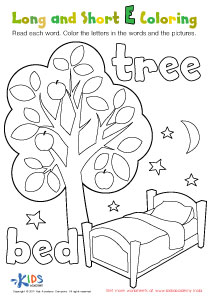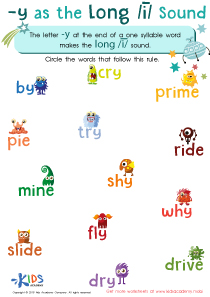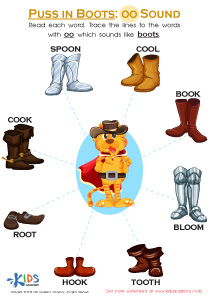Normal Vowel Digraphs Worksheets for Ages 5-8
3 filtered results
-
From - To
Our "Normal Vowel Digraphs Worksheets for Ages 5-8" are designed to make learning phonics fun and engaging. These printable worksheets help young learners master vowel combinations such as "ai," "oa," and "ee," improving their reading and writing skills. Filled with colorful illustrations and creative exercises, each worksheet challenges students to identify, pronounce, and use vowel digraphs in various contexts. Ideal for classroom or at-home practice, our resources promote confidence and literacy development in early readers. Start exploring and watch your child’s foundational language abilities flourish!
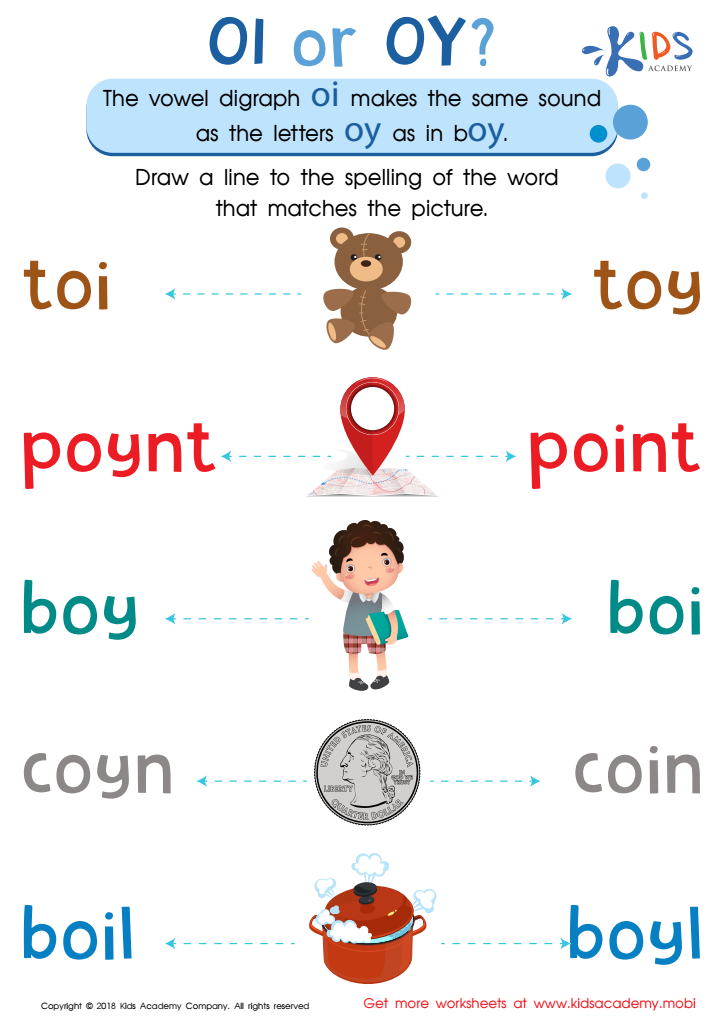

Reading: OI and OY Worksheet
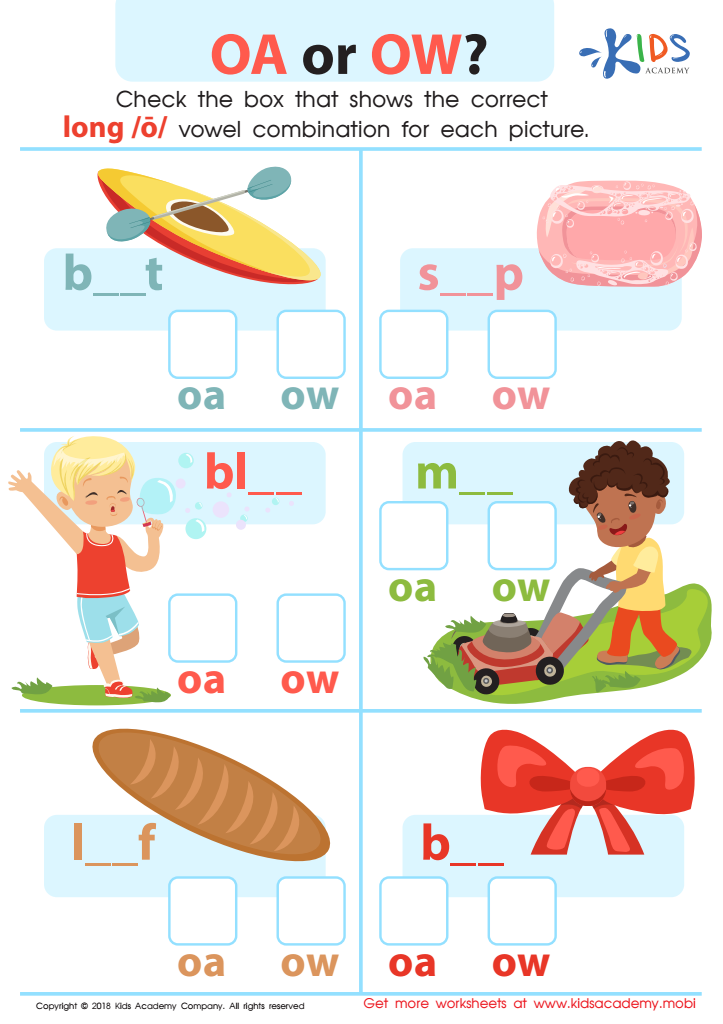

Reading: OA or OW Worksheet
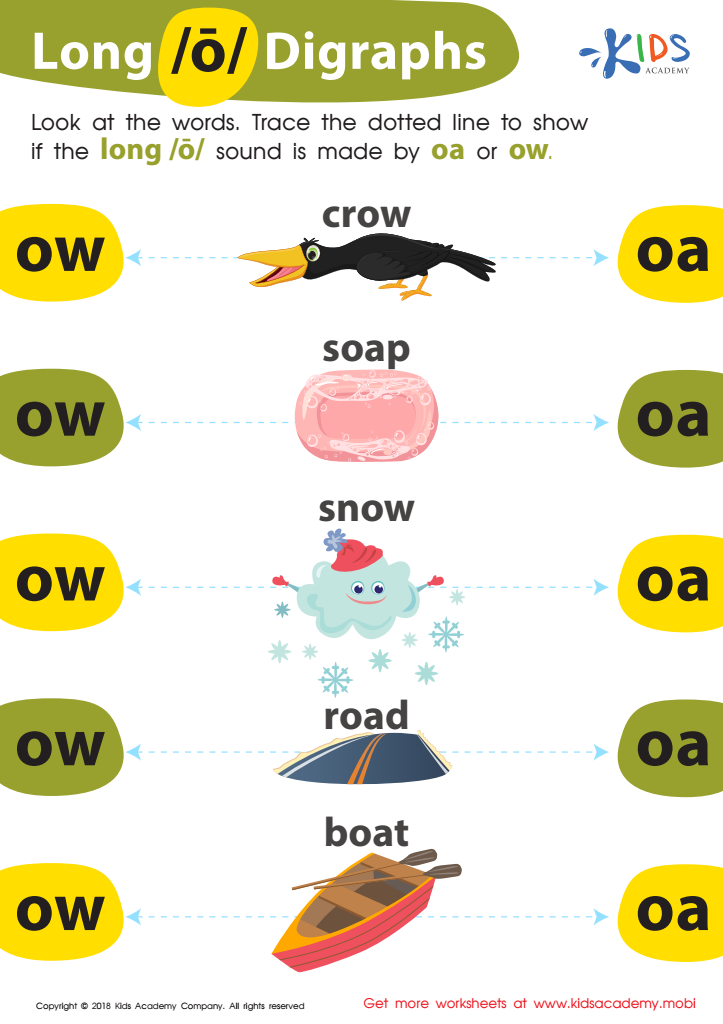

Reading: Long O Digraphs Worksheet
Normal vowel digraphs, such as "ee," "oo," "ai," and "oa," are fundamental building blocks in early literacy and should be a priority for parents and teachers working with children ages 5-8. Understanding these vowel combinations significantly enhances a child's ability to read and spell. When children learn normal vowel digraphs, they can decode words more efficiently, enabling smoother and more confident reading. This skill not only improves their ability to comprehend and enjoy stories but also boosts their self-esteem as young readers.
Moreover, fluent reading is closely linked to academic success. Children who grasp such foundational literacy concepts early on are better equipped to tackle more complex reading and writing tasks in later grades. This strong literacy foundation fosters a lifelong love of learning. In addition, recognizing vowel digraphs aids in vocabulary development, as children can fluently read a broader range of words.
From a cognitive perspective, mastering vowel digraphs can enhance children’s phonemic awareness, an essential skill for phonics development. Phonemic awareness helps children not just in reading but also in acquiring clear communication skills. Therefore, parents and teachers investing time and energy in teaching vowel digraphs are setting children on a path toward academic excellence, effective communication, and a joy for reading.

 Assign to the classroom
Assign to the classroom


